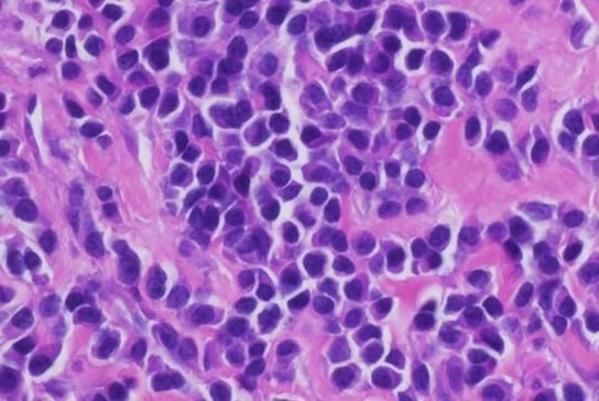(FM) Patología, Anatomía y Fisiología
Departamento académico


University of California, San Francisco
San Francisco, Estados UnidosPublicaciones en colaboración con investigadores/as de University of California, San Francisco (21)
2023
-
Criteria for preclinical models of cholangiocarcinoma: scientific and medical relevance
Nature Reviews Gastroenterology and Hepatology, Vol. 20, Núm. 7, pp. 462-480
-
Oncolytic DNX-2401 virotherapy plus pembrolizumab in recurrent glioblastoma: a phase 1/2 trial
Nature Medicine, Vol. 29, Núm. 6, pp. 1370-1378
-
Signature-driven repurposing of Midostaurin for combination with MEK1/2 and KRASG12C inhibitors in lung cancer
Nature Communications, Vol. 14, Núm. 1
-
TIM-3 blockade in diffuse intrinsic pontine glioma models promotes tumor regression and antitumor immune memory
Cancer Cell, Vol. 41, Núm. 11, pp. 1911-1926.e8
2020
-
The Mir181ab1 cluster promotes KRAS-driven oncogenesis and progression in lung and pancreas
Journal of Clinical Investigation, Vol. 130, Núm. 4, pp. 1879-1895
2019
-
Antitumor activity of an engineered decoy receptor targeting CLCF1–CNTFR signaling in lung adenocarcinoma
Nature Medicine, Vol. 25, Núm. 11, pp. 1783-1795
-
Correction to: Methylthioadenosine promotes remyelination by inducing oligodendrocyte differentiation (Multiple Sclerosis and Demyelinating Disorders (2017) 2 (1) DOI: 10.1186/s40893-017-0020-8)
Multiple Sclerosis and Demyelinating Disorders
2017
2015
-
Analysis of heritability and shared heritability based on genome-wide association studies for thirteen cancer types
Journal of the National Cancer Institute, Vol. 107, Núm. 12
-
The disruption of mitochondrial axonal transport is an early event in neuroinflammation
Journal of Neuroinflammation, Vol. 12, Núm. 1
2014
-
Imputation and subset-based association analysis across different cancer types identifies multiple independent risk loci in the TERT-CLPTM1L region on chromosome 5p15.33
Human Molecular Genetics, Vol. 23, Núm. 24, pp. 6616-6633
2013
-
Proteostasis of polyglutamine varies among neurons and predicts neurodegeneration
Nature Chemical Biology, Vol. 9, Núm. 9, pp. 586-594
2012
-
Disease-associated polyglutamine stretches in monomeric huntingtin adopt a compact structure
Journal of Molecular Biology, Vol. 421, Núm. 4-5, pp. 587-600
-
Protein aggregates in Huntington's disease
Experimental Neurology, Vol. 238, Núm. 1, pp. 1-11
2011
-
Identifying polyglutamine protein species in situ that best predict neurodegeneration
Nature Chemical Biology, Vol. 7, Núm. 12, pp. 925-934
2010
-
A small-molecule scaffold induces autophagy in primary neurons and protects against toxicity in a Huntington disease model
Proceedings of the National Academy of Sciences of the United States of America, Vol. 107, Núm. 39, pp. 16982-16987
-
Quantitative relationships between huntingtin levels, polyglutamine length, inclusion body formation, and neuronal death provide novel insight into huntington's disease molecular pathogenesis
Journal of Neuroscience, Vol. 30, Núm. 31, pp. 10541-10550
2009
-
IKK phosphorylates Huntingtin and targets it for degradation by the proteasome and lysosome
Journal of Cell Biology, Vol. 187, Núm. 7, pp. 1083-1099
2005
-
Automated microscope system for determining factors that predict neuronal fate
Proceedings of the National Academy of Sciences of the United States of America, Vol. 102, Núm. 10, pp. 3840-3845
2004
-
Inclusion body formation reduces levels of mutant huntingtin and the risk of neuronal death
Nature, Vol. 431, Núm. 7010, pp. 805-810